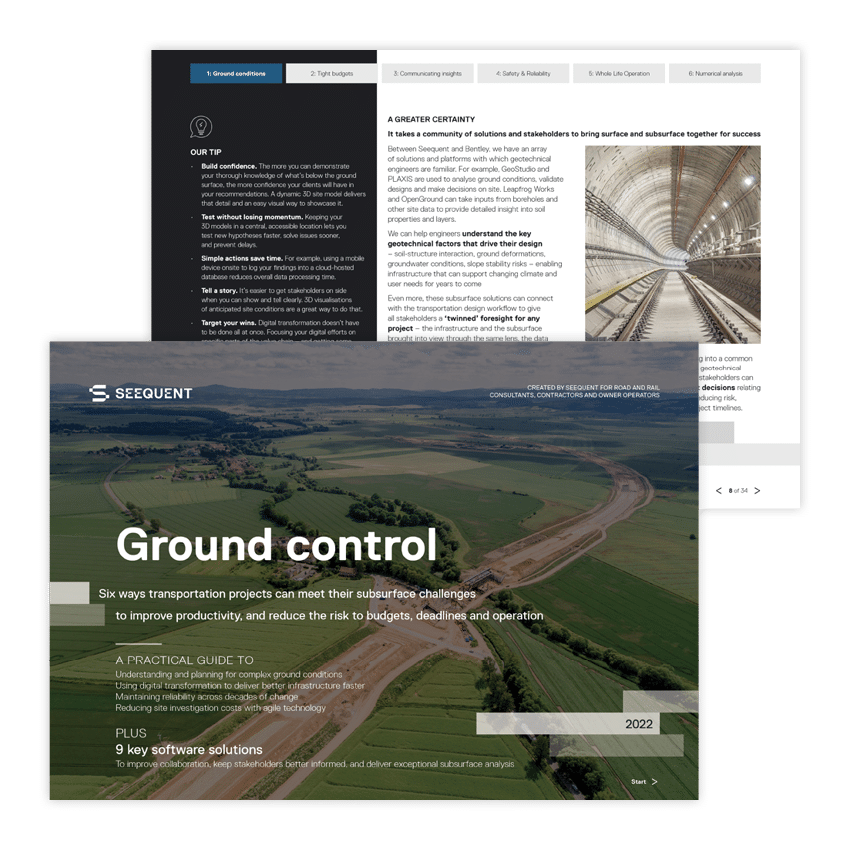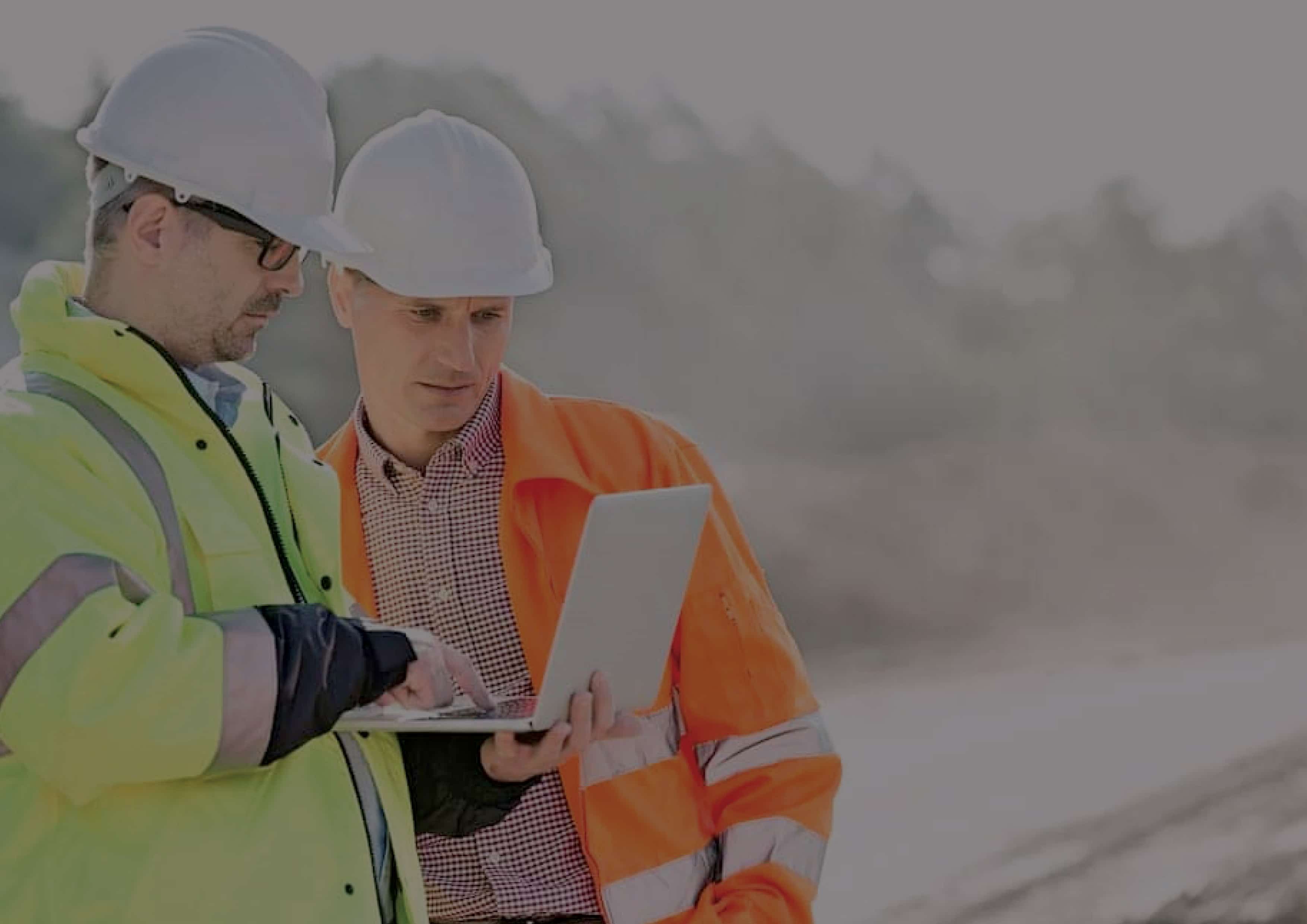Controlling budgets on site investigations will always be a challenge for major road and rail schemes. If site teams were able to take a more agile approach to data gathering, could the results be improved, and the costs reduced?

Roger Chandler
Director, Geotechnical Information Management, Bentley Systems
One of the main problems of site investigations is that they are seen as something that just ‘has to be done’ – even though they are vital in establishing ground conditions. (And unforeseen ground conditions rank notoriously highly among the causes of costly overruns for transportation infrastructure construction.)
Deadlines and budgets are given; a report duly expected. However, the time-consuming nature of report production means it is often delivered too late to be fully utilised, offering the client poor value for money.
Site investigations are typically carried out in a linear way, sometimes called a ‘waterfall’ approach. Unfortunately, this doesn’t allow for major disruptions or unforeseen circumstances arising – a serious problem when dealing with the ground.
By the time anomalies are detected during analysis, or more information is needed, the site team is already long gone, and another phase of investigation has to be commissioned.
The advantage of continuous data review
If project teams were able to take a more agile approach, information could be reviewed continuously during site investigation works. This would empower teams and decision makers to react quickly, develop ‘live’ solutions, test hypotheses and make clearer, more confident calls on next steps – is more information needed, has enough data been gathered, or can investigations now be safely halted?
Cloud-based data sharing, processing and analysis is key to better collaboration and the adoption of an agile approach.
Information is often more secure, issues around software compatibility are reduced, and the integration of geotechnical data with project BIM becomes far easier. Or to put it another way, the Cloud is highly effective and letting your data and your thinking out of the box. For example, when your data is in a platform that allows you to securely access it via an API, it can be connected to a much larger range of solutions.
And importantly, the agile approach that the Cloud empowers should mean there is only one phase of site work. Even if it lasts longer than originally planned, it will still be more cost-effective and speedier than having to commission future phases with their associated mobilisation costs.
For the full version of this feature, with more ideas, practical tips, product suggestions and a case study, download our eBook.






